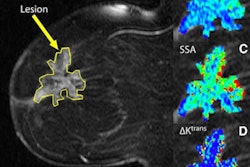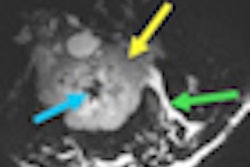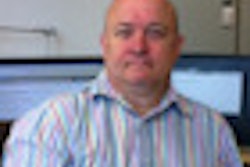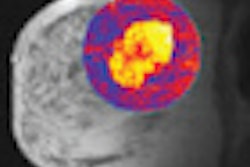How promptly a facility follows up with women who have received an abnormal mammogram is crucial to a screening mammography program's success, according to a new study published online in Radiology. Time to follow-up varies widely between facilities -- indicating there is definitely room for improvement -- but most patients receive follow-up within minimum standard recommendations, researchers found.
When a breast center follows up on abnormal mammograms quickly, it can reduce patient anxiety, especially because most don't require a biopsy. And for those who do need a biopsy, promptness is even more valuable for developing a treatment protocol, wrote lead author Dr. Robert Rosenberg, chief of mammography at University of New Mexico's School of Medicine, and colleagues (Radiology, September 7, 2011).
"An optimal screening system would minimize the time required to complete the screening process -- and thus minimize patient anxiety," the authors wrote. "Also, while difficult to document, timely follow-up seems likely to maximize complete follow-up."
The study team gleaned data from the Breast Cancer Surveillance Consortium (BCSC), examining screening mammograms acquired from 1996 to 2007 in women between 40 and 80 years old. Data were available on 214,897 additional imaging recommendations from 118 facilities, and more than 35,622 biopsy or surgical consultation recommendations from 101 facilities. "Facilities" included hospitals, health maintenance organizations (HMOs), private radiology offices, or hospital outpatient centers ("specialty centers"), and obstetrics and gynecology offices, primary care offices, or multispeciality clinics ("nonspecialty centers").
The team used follow-up guidelines developed in Europe (the only published guidelines available); acceptable outcomes included 95% of patients receiving a result within 15 working days and 90% being offered follow-up within five working days.
Of the women included in the study, the majority were college educated (41.1%), did not have a family history of breast cancer (85.1%), and were seen in a hospital (44%). More than 76% had received a previous mammogram within the past 12 to 35 months.
Approximately 90% of additional imaging follow-up and 81% of biopsy or surgical consultation follow-up happened within 30 days. Median time to subsequent follow-up care after recommendation was 14 days for additional imaging and 16 days for biopsy or surgical consultation. Time to additional imaging follow-up was longest for hospital-based screening venues, while the longest times for biopsy or surgical consultation were in specialty and nonspecialty centers; the shortest times were in HMO-type facilities.
The researchers also found, unsurprisingly, that facilities with higher recall rates tended to have longer additional imaging follow-up times. Over the study period, biopsy or surgical consultation follow-up rates at 15 and 30 days improved, and timely follow-up was associated with larger volumes of the recommended procedures, but not necessarily with facility type or characteristics.
There are many reasons for follow-up delays, according to Rosenberg and colleagues. Facilities that only perform screening mammograms must refer abnormal studies elsewhere. And even if screening is performed and diagnostic mammograms are obtained at the same facility, delays can occur between imaging and interpretation, interpretation and contact of patients, and patient contact and the date of the scheduled follow-up procedure. But overall, despite rapid initial follow-up of additional imaging, the study team found that the follow-up time variation between facilities is "considerable and unexplained."
"The average delay of 14 days for additional imaging recommendation and 16 days for a biopsy or surgical consultation recommendation are not excessive from the standpoint of the biology of cancer, but many patients experience substantial delays that may be unacceptable emotionally," they wrote. "A persistent concern is how these delays affect women's satisfaction and use of subsequent screening."




















